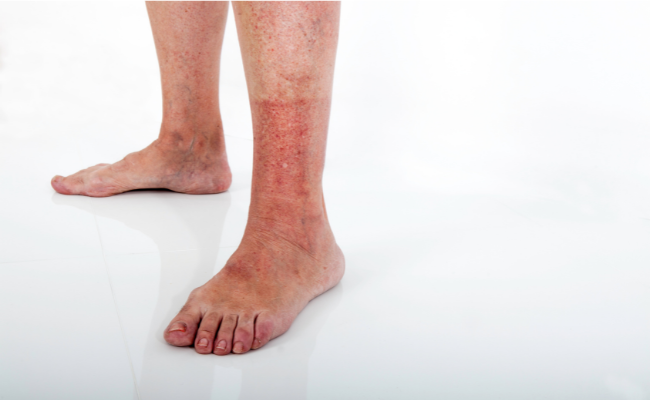How to Treat Acid And Chemical Burns?
- November 01, 2023
- No Comments

What are Acid and Chemical Burns?
Injuries from acid and chemical burns are alarming, arising when the skin or eyes encounter corrosive substances, leading to tissue damage. The severity varies, from mild irritation to significant tissue destruction, with household cleaners, industrial chemicals, and common laboratory substances being potential causative agents. A chemical burn, on the other hand, is the result of harsh or corrosive substances harming bodily tissues, occurring on the skin, eyes, or internally. These injuries often stem from accidental chemical contact, such as skin spills, but exposure can also occur through ingestion or other routes.
Why Do Acid and Chemical Burns Occur?
The occurrence of acid and chemical burns is often accidental and can be attributed to various situations. Mishandling of household cleaning agents, exposure to industrial chemicals without proper protective measures, or accidents in laboratories where potent substances are utilized can lead to these burns. The severity and type of burn depend on the nature of the corrosive substance, whether it is acidic or alkaline.
How to Identify Acid and Chemical Burns?
Identifying acid and chemical burns involves recognizing specific symptoms indicative of tissue damage. Skin burns may present with redness, blistering, and visible signs of chemical contact. The affected area is likely to be painful. In the case of eye exposure, symptoms can include redness, tearing, and blurred vision. Prompt identification is crucial to initiate timely treatment and minimize the extent of damage.
Treatment Solutions for Acid and Chemical Burns:
Immediate First Aid:
- For Skin Burns: The immediate and primary step is to rinse the affected area with copious amounts of water. This helps flush out the chemical and prevent further damage. Simultaneously, removing contaminated clothing while rinsing is essential.
- For Eye Burns: Immediate and prolonged flushing of the eyes with lukewarm water for at least 15 minutes is crucial. Holding the eyelids open during rinsing ensures thorough flushing.
Neutralizing Agents (for certain chemicals):
- In specific cases, the use of neutralizing agents may be considered. For acid burns, substances like baking soda (sodium bicarbonate) may be used, while vinegar (acetic acid) may be recommended for alkali burns.
- However, the application of neutralizing agents is a topic of debate, and their use should be guided by healthcare professionals.
Seeking Medical Attention:
- After administering first aid, immediate medical attention is imperative. Healthcare professionals can assess the extent of the burn, provide specialized care, and determine the most appropriate course of action for recovery.
Pain Management:
- Pain associated with burns can be managed through the use of over-the-counter pain relievers.
- However, the choice of medications should be guided by healthcare professionals to ensure they are appropriate for the specific circumstances of the burn.
Wound Care:
- Dressings and topical treatments may be prescribed to protect the affected area and promote healing.
- Adhering to medical advice regarding wound care is essential to prevent infections and facilitate the recovery process.
Benefit Points of Treating Acid and Chemical Burns:
- Minimized Tissue Damage: Timely and appropriate treatment helps minimize tissue damage, reducing the potential long-term impact of the burn.
- Prevention of Complications: Immediate intervention can prevent complications such as infections and scarring associated with acid and chemical burns.
- Faster Healing Process: Adhering to recommended treatment protocols enhances the healing process, allowing the affected areas to recover more efficiently.
- Pain Relief: Adequate pain management measures contribute to the comfort of individuals experiencing acid and chemical burns during the recovery period.
- Prevention of Long-Term Effects: Proper treatment can help prevent long-term effects such as disfigurement and loss of function in the affected area.
Comments (0)